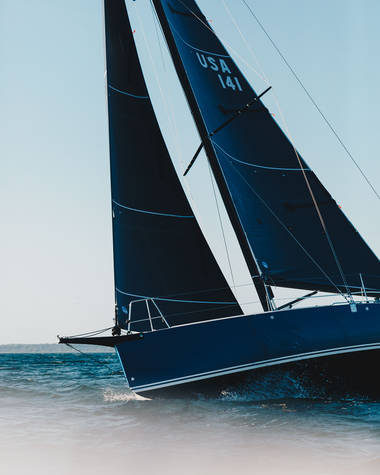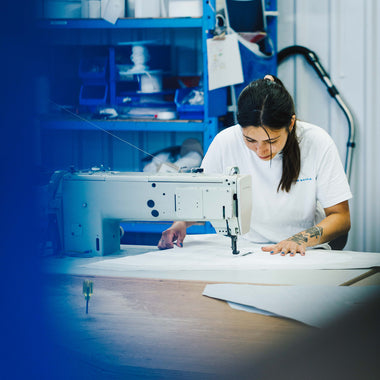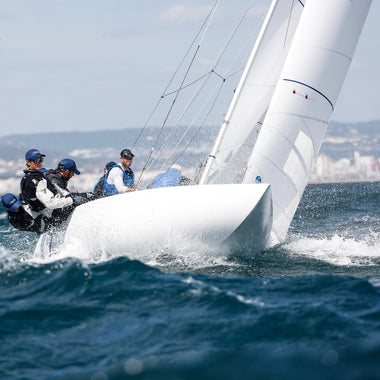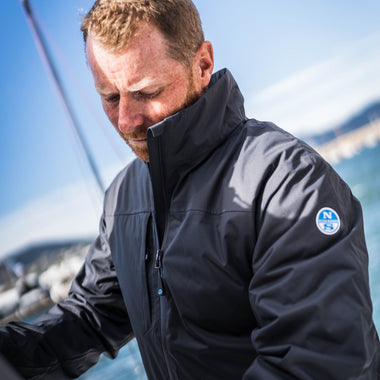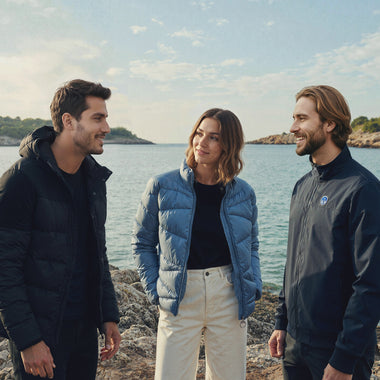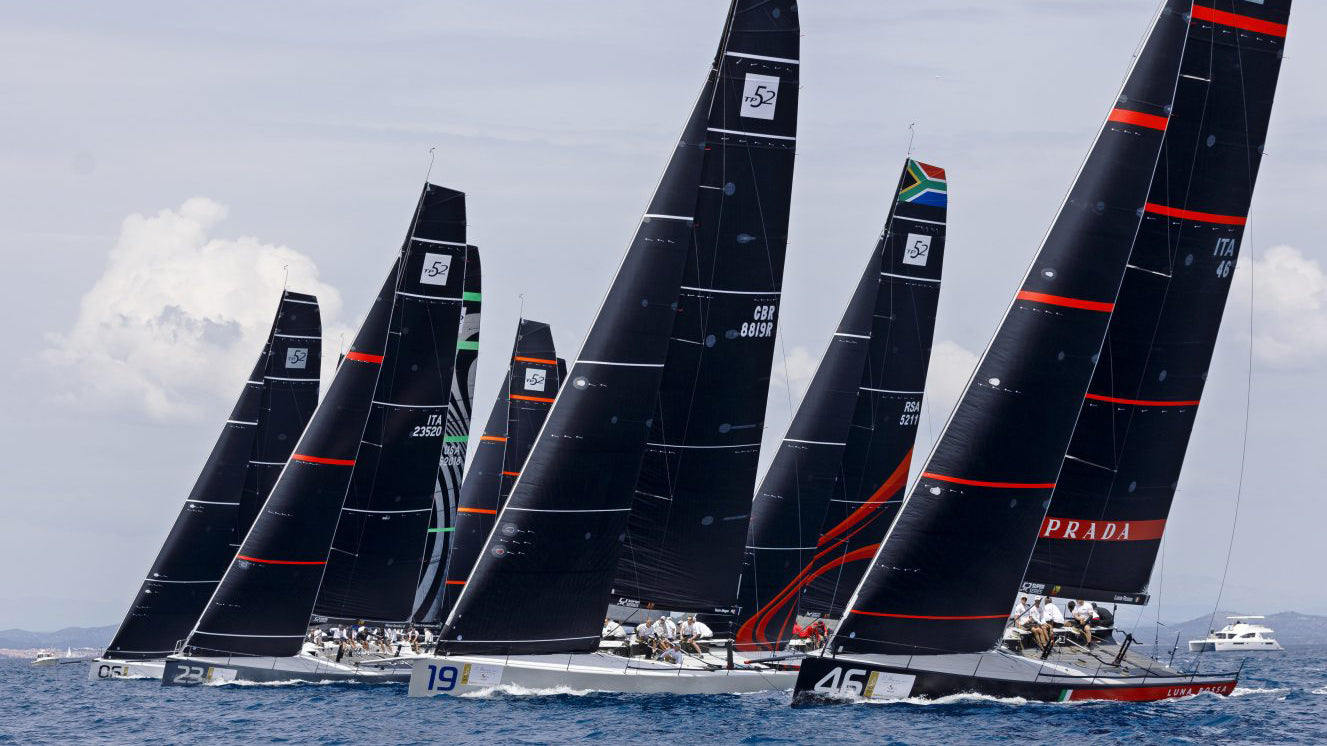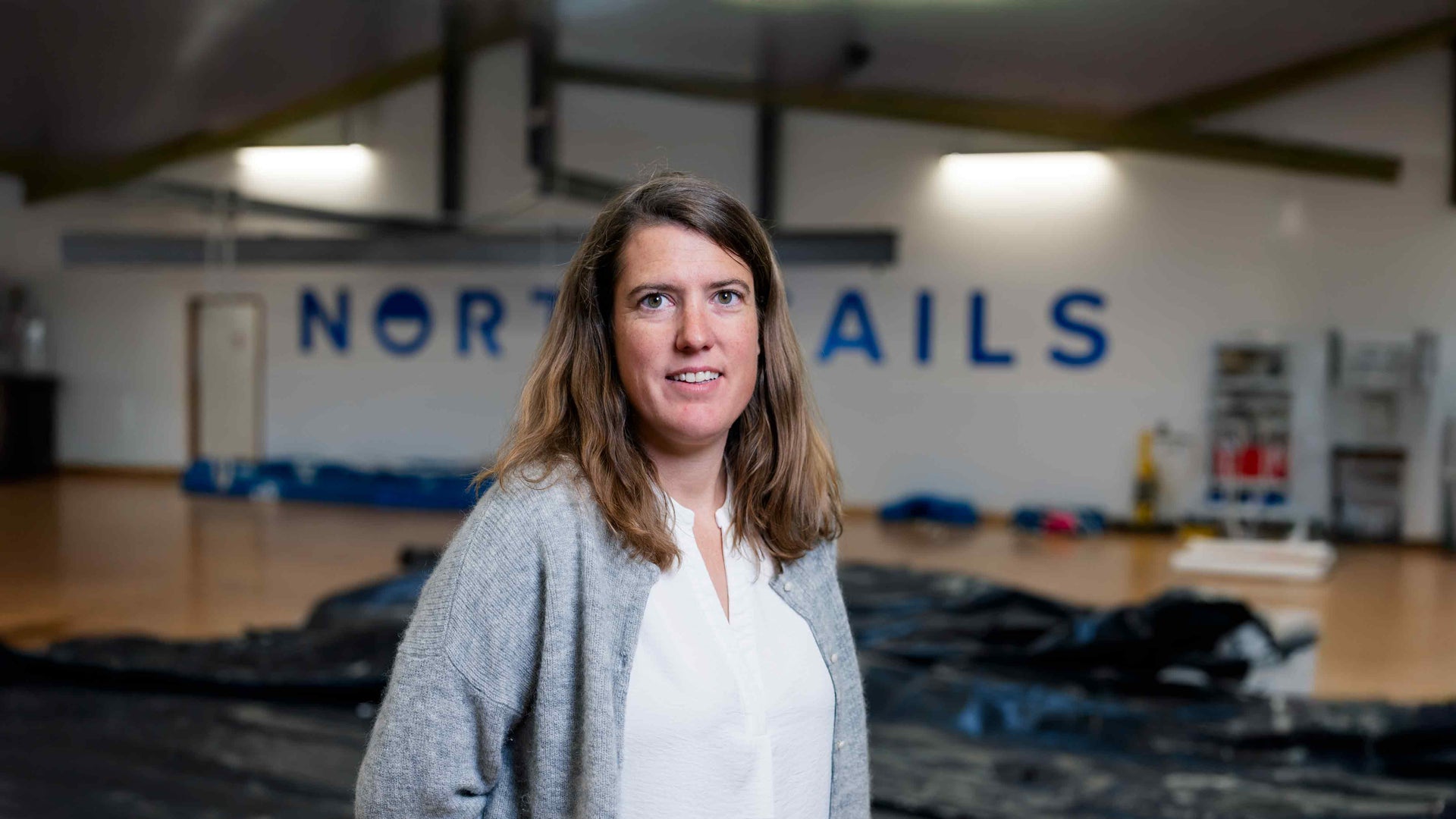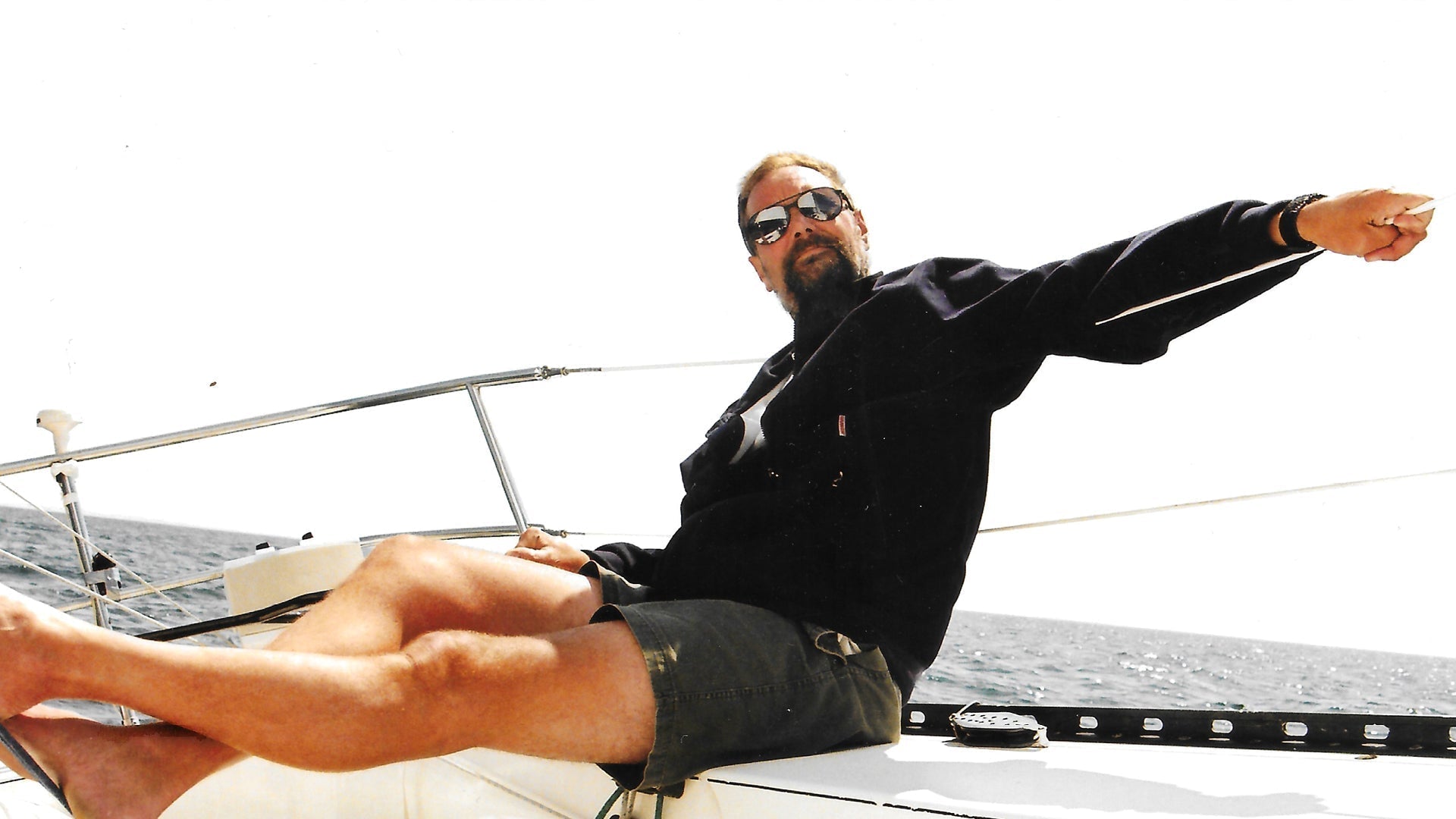DESIGNER SPOTLIGHT : MICKEY ICKERT
DESIGNER SPOTLIGHT: MICKEY ICKERT
In Search Of The Holy Grail Of Sail Design

Mickey Ickert has been involved with 3Di for over a decade. “I think it must have been 2007 when I first saw a 3Di sail. We’d been fighting for years to reduce the dead weight in sails; mylar doesn’t do anything but keep the yarns in place. We always thought that if we can take that out and put more carbon in, we would have a lighter, higher modulus sail.”
What Mickey didn’t anticipate about 3Di was the adjustment designers would have to make to existing patterns.
“The string sails would stretch, so we’d counter that by putting extra curvature in the sails.” With 3Di sails, he explains, “The mold is closer to the flying shape so they are much more true to the design.”
As a result, the first 3Di sails were almost too stable. Trimmers (and designers) were used to sails distorting every time a puff hit.
“The mainsails in the beginning were beautiful,” Mickey says, “and everybody liked them, but the sail wouldn’t twist naturally. So we re-evaluated the structure and what makes the sail fly downwind, and ultimately the 3Di sails got lighter and lighter. Also the layouts changed to promote a little bit more active response.”

3Di technology provides both repeatability and customization. The power of the North Design Suite allows designers to create shapes that will exactly match the finished sail. “Our tools are very, very accurate in terms of the shape we’re predicting and the shape we have on the water,” Mickey says. That gives designers the confidence to pursue a sail with a wider range of application. “One jib and one mainsail that deform themselves into the optimum as you go along. That’s the holy grail, not the reality, but you can push the envelope to it.”
To move toward this holy grail of sail design, Mickey becomes the conduit between sailors and the North Design Suite. Using Flow and Membrain, he can see the predicted flying shape. Then he climbs onboard and talks to the trimmers. “Say for example the feedback has been that the sail is a little bit weak up the range. You use your experience, the VPP, and feedback from the boat to figure out it’s a little bit full, a little bit round in the back. Then you design a sail to take care of these performance shifts.”
He uses the computer to answer questions that come up on the water. “Would the boat be going faster if the jib was flatter? How might we expand the range of the sail? The tools can help in making these decisions. The higher end flow predictions give an idea of what direction the combined system of the boat, the hydro, the aero, and the sailing team want to go.”
Mickey came to the North design team straight from the loft floor, not from an engineering background. “I’m a sailmaker by trade,” he says. But when he first joined North Germany in the early 1980s, Michael Richelsen was “inventing all the tools” so Mickey was able to “jump on the first wave of sail design.”
“It’s good to have different perspectives. Over the years, you get enough experience and you work with good people and you absorb a lot. It’s about working together and the innovation you can underpin with the tools and designs that pushes the envelope.”
Based in Auckland, Mickey is currently active in the TP52 class, while keeping a very close eye on America’s Cup design developments. From November to April, he can generally be found tweaking designs from the previous season in order to improve them for the next. “You design the sail, you use Spiral to put the 3Di layouts over it, and you have a certain set of flow conversions to check. Then you pressurize the sail: ‘Okay, that is a flying shape.’ And you can rotate the sail around; ‘Okay, that’s roughly the look I’m after, I can visual the whole thing.’ And then you drill down, into the details.”

From April to October, Mickey is on the TP52 circuit, talking to trimmers and also taking a lot of photos from off the boat, “because that is one view the trimmers don’t have.” Only by seeing the sails “in the wild” can he figure out how best to help teams get faster. There’s also a lot of information coming off the boat every day that needs processing ahead of the next morning’s briefing. “Performance data, sail shape data… it’s quite an involved process.”
Mickey says that, ironically, class sail limitations make updates and redesigns even more important. “If you have endless amount of sails, you wouldn’t need the analysis tools; you would just build more sails. But that’s an expensive way to go, so we use our tools to analyze performance and speed differences.”
Auckland is on the other side of the world from most Med-centric TP52 events, but Mickey says having a design team spread across time zones has its advantages. “If you wanna solve a problem quickly and you’ve got collaboration between JB
Worldwide design team collaboration has become even more of a priority under JB’s leadership. “We had a meeting in November and created work groups to focus on certain boundaries we want to push. There’s nothing quite like a difficult project and you say, ‘This is what I’ve been working on.’ If four or five think that’s a good way to proceed, that’s a pretty strong endorsement.”
Asked about his own sailing, Mickey says he sold his Farr 38 but still enjoys windsurfing. “We have to keep that connection going. You start to tell trimmers what to do without any sailing background, and that’s a tricky scenario that can very well go wrong for you.”
As for another holy grail, predicting the America’s Cup future, Mickey says the current TP52 fleet is a good place to start. “The sailors need to keep on using their skills before the new boats come online. Everybody needs to keep on the forefront of what is important. Design sails and make them faster with the communication available. Make them faster with the technology available. Optimize for whatever their target is. Those skills will be needed for the new boat. The top end optimization will step up as we go towards the next America’s Cup.”
From a designer’s point of view, he’s sure there will be plenty of challenges—like the double surface soft wing.
“But at the end of the day it’s two surfaces and we model them as we’ve always done and find a solution on making better and faster sails. Some of the parts will be different, but the whole concept of what we’re trying to achieve will be very similar.” Meanwhile, he says “it’s important to stay in top end pro racing
. You could argue that the boats are so different but the technology, the drive, the communication, will all be the same.”

